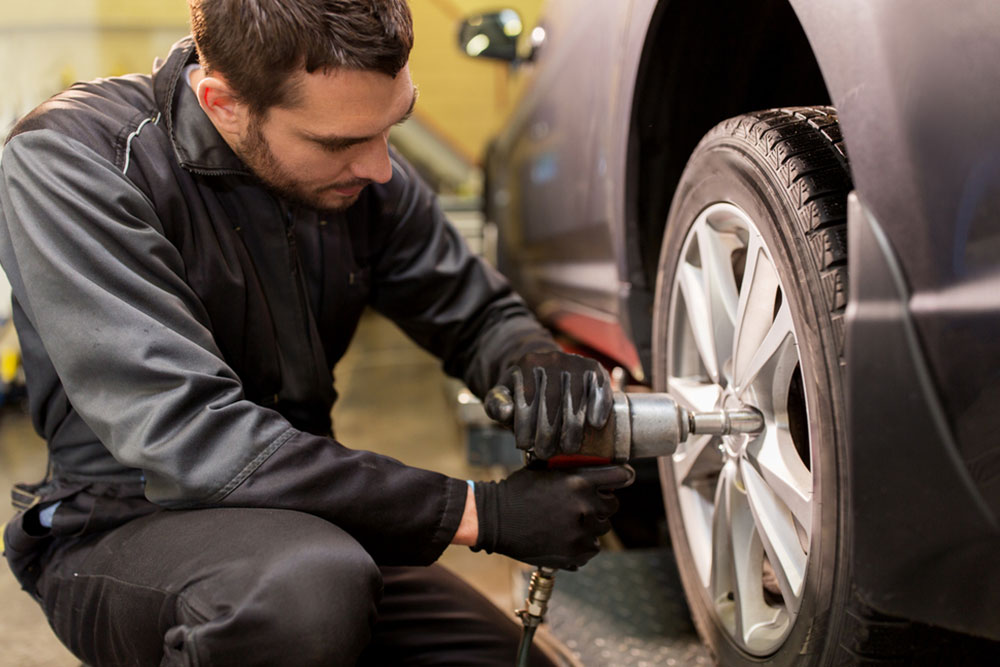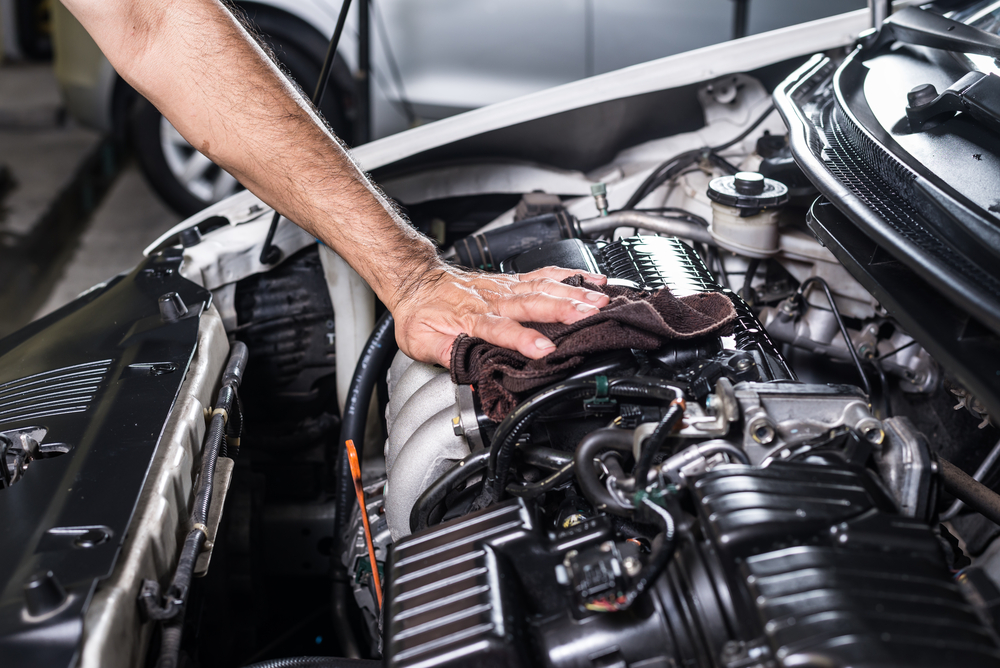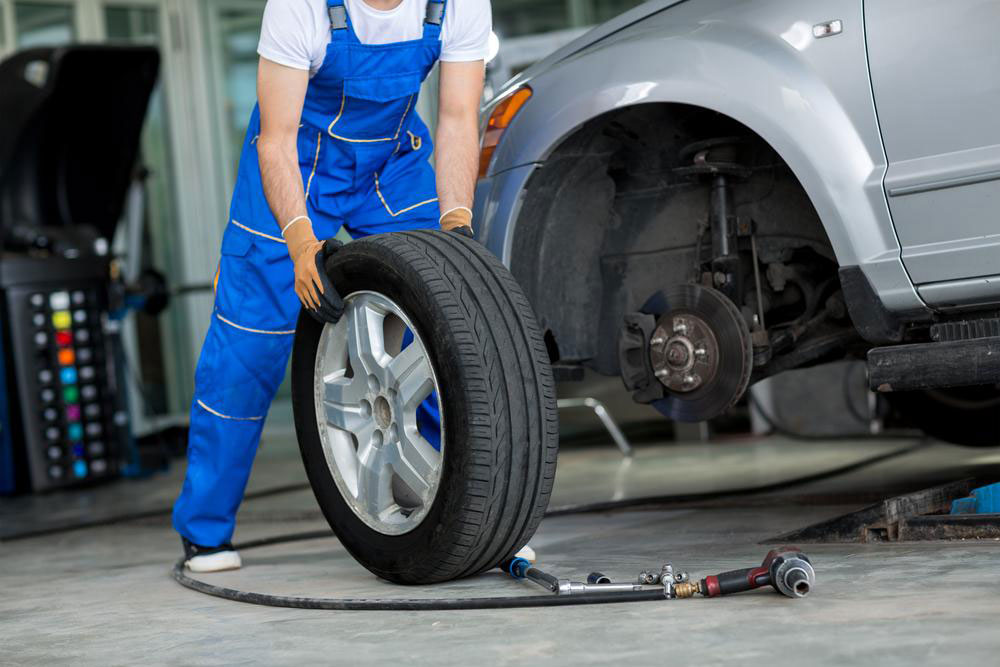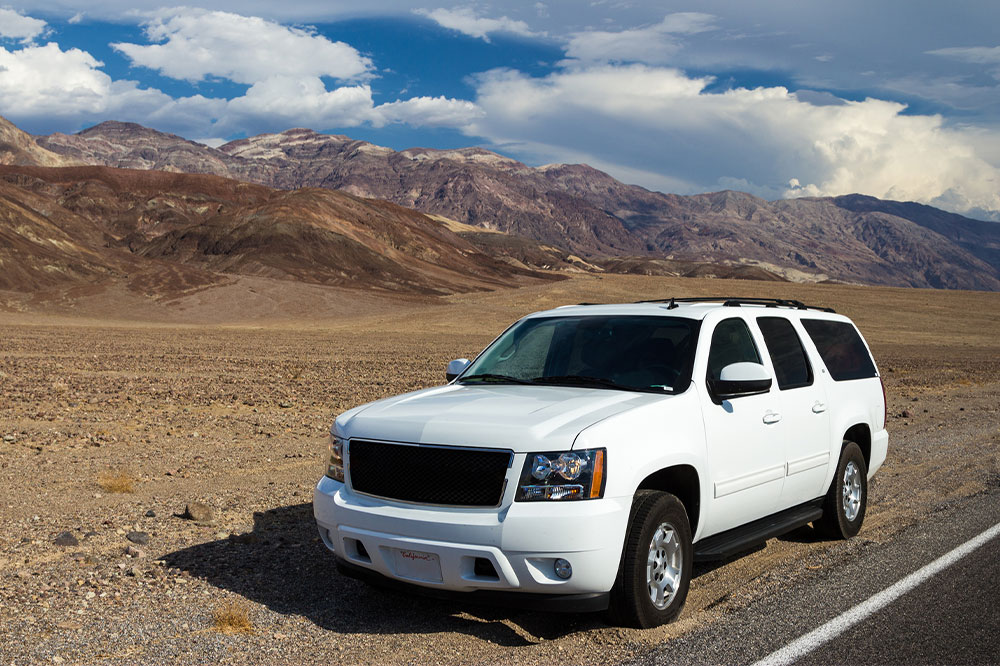Essential Comprehensive Guide for Maintaining and Replacing Your Vehicle's Brake Pads
This comprehensive guide provides detailed insights into maintaining and replacing your car's brake pads. It highlights signs of wear, factors affecting lifespan, various types of brake pads, inspection tips, cost estimates, and expert advice to keep your brakes in optimal condition. Proper brake maintenance is crucial for vehicle safety, avoiding costly repairs, and ensuring reliable stopping power in all driving conditions. Whether you drive daily or occasionally, this guide empowers you to make informed decisions about your vehicle’s braking system, enhancing safety and performance.

Complete Guide to Ensuring Your Car's Braking System Looks and Performs Its Best
Maintaining your vehicle's braking system is crucial for safe and reliable driving. Among the essential components of this system are brake pads, which are responsible for providing the necessary friction to slow down or stop your vehicle effectively. Proper maintenance and timely replacement of brake pads not only guarantee safety but also prevent costly repairs to other braking system parts such as rotors and calipers. This comprehensive guide offers in-depth insights into managing your brake pads, identifying wear indicators, understanding replacement costs, and choosing quality parts. Through this, drivers can extend the lifespan of their braking components and ensure optimal performance in all driving conditions.
Understanding the Role of Brake Pads in Vehicle Safety
Brake pads are critical components that convert kinetic energy into heat through friction, enabling your vehicle to decelerate smoothly and safely. When you press the brake pedal, hydraulic pressure pushes the brake pads against the rotors, creating the necessary friction to reduce wheel rotation. Over time, the brake pad material wears down due to constant contact, which diminishes braking effectiveness. Properly functioning brake pads are essential for give you control over your vehicle, especially in emergency situations or adverse weather conditions.
Signs Your Brake Pads Need Attention
Knowing when to inspect or replace your brake pads can prevent dangerous driving scenarios. Common signs include squealing or screeching noises during braking, a noticeable decrease in braking performance, longer stopping distances, and vibrations or pulsing in the brake pedal. Additionally, if the brake pad thickness is less than a quarter of an inch, it's time for a replacement. Regular visual inspections, especially if you hear unusual sounds or experience braking issues, can help identify worn pads before they cause damage to other components.
Factors Influencing Brake Pad Lifespan
The longevity of brake pads varies significantly depending on several factors such as driving habits, terrain, and the type of brake pads used. Aggressive driving, frequent braking in city traffic, towing heavy loads, and driving on hilly or mountainous terrain can accelerate brake wear. Conversely, gentle braking, highway driving, and proper maintenance can extend brake pad life. Typically, brake pads last between 25,000 and 70,000 miles, but it's essential to monitor their condition regularly regardless of mileage.
Types of Brake Pads and Their Durability
There are several kinds of brake pads available on the market, each suited for different driving needs and budgets:
Organic Brake Pads: Made from various non-metallic materials, these pads are quiet and gentle on rotors but tend to wear out faster and may generate more dust.
Sintered Metal Brake Pads: Composed of metallic particles fused under heat, they provide excellent durability and performance, especially in high-temperature conditions, making them suitable for aggressive driving and heavy-duty use.
Semi-metallic Brake Pads: Offering a balance between organic and full-metal pads, these are versatile and provide good braking performance, though they may produce more noise and dust than organic options.
Choosing the right type depends on your driving style, vehicle specifications, and budget considerations. Premium brands like Brembo, Wagner, and Bendex focus on quality, ensuring longer-lasting and safer braking performance.
Regular Inspection and Maintenance Procedures
To maximize brake pad performance and lifespan, regular inspections are essential. You should check your brake pads at least every 10,000 miles or during routine service visits. During inspections, look for uneven wear, cracks, or glazing on the surface of the pads. Additionally, listen for any abnormal noises during braking, which can indicate worn pads. If you notice any signs of wear, schedule a professional inspection or replacement promptly. Proper maintenance includes checking brake fluid levels, ensuring rotors are smooth and free from excessive wear or warping, and replacing other related components if necessary.
Replacement Cost and Budgeting
The cost of replacing brake pads varies depending on the vehicle make, model, and the type of pads used. Typically, the expense ranges from $150 to $300 per axle, including parts and labor. Luxury or high-performance vehicles tend to have higher replacement costs. While cost might be a concern, selecting high-quality brake pads from reputable brands ensures durability and safety, potentially saving money in the long run by reducing the frequency of replacements. Remember, neglecting brake maintenance can lead to more costly repairs, such as rotor replacements or caliper repairs, which can significantly increase overall expenses.
Choosing the Right Brake Pads for Your Vehicle
When selecting new brake pads, consider factors such as driving environment, vehicle type, and manufacturer recommendations. Always opt for reputable brands like Brembo, Wagner, and Bendex to ensure quality, longevity, and safety. It’s advisable to consult your vehicle’s owner manual or a trusted mechanic for guidance specific to your model. Additionally, consider installing brake pads designed for your driving conditions — for instance, high-performance pads for sports cars or organic pads for everyday commuting. Proper installation by professionals ensures optimal performance and safety.
Installation and Safety Tips
Brake pad replacement is best left to trained technicians to guarantee proper installation and function. During installation, mechanics inspect rotors and calipers, replacing or resurfacing rotors if necessary. Always verify the brake system's calibration and check for leaks or other issues. Following manufacturer torque specifications and safety procedures ensures the longevity and reliable performance of your braking system. After replacement, a bedding-in process is recommended, involving gradual braking to allow the new pads and rotors to settle evenly, promoting optimal contact and performance.
In Summary: Staying Safe with Proper Brake Maintenance
Ensuring your vehicle's brakes are in top condition is essential for safe driving. By understanding the signs of worn brake pads, performing regular inspections, choosing appropriate replacement parts, and trusting professional installation, you can enhance your vehicle's safety and efficiency. Proper maintenance reduces the risk of accidents, avoids costly repairs, and provides peace of mind during every drive. Prioritizing your brake system’s health is a small investment with significant safety dividends.
Remember, when in doubt, consult a trusted automotive technician to assess your brake system's condition and get professional advice tailored to your vehicle. Regular maintenance not only prolongs the lifespan of your brake pads but also ensures your safety and that of everyone on the road.





